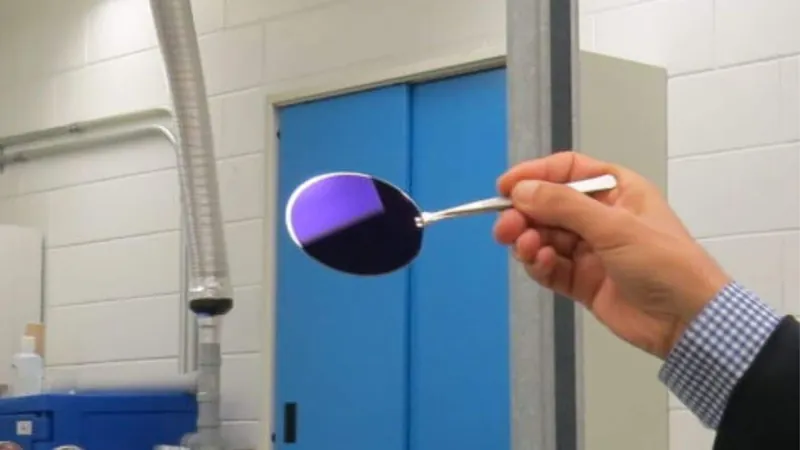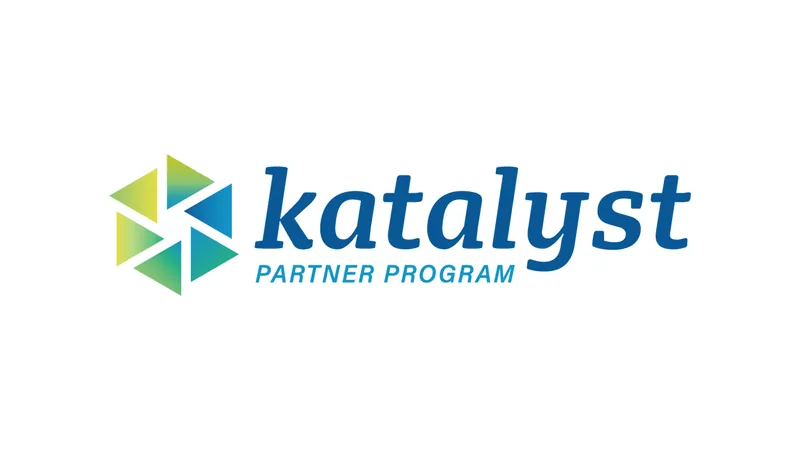
Revolutionary Material Turns Sunlight into Heat for Enhanced Energy Efficiency
2025-04-13
Author: Yu
Transforming Sunlight: A Breakthrough in Energy Efficiency
A groundbreaking research team, led by Professor My Ali El Khakani, has unveiled a cutting-edge material that harnesses sunlight and transforms it into heat, making waves in energy efficiency and passive desalination methods.
A Game-Changer for Desalination
Professor El Khakani highlights the enormous potential of thin photothermal coatings derived from this innovative material, emphasizing their suitability for niche applications in passive desalination. Unlike traditional methods like reverse osmosis, which rely on external energy sources, this process solely utilizes direct sunlight, offering an eco-friendly alternative.
Overcoming Material Challenges
At the Institut national de la recherche scientifique (INRS), the team tackled significant challenges associated with conventional production techniques for titanium oxide (Ti₄O₇). PhD student Loick Pichon noted that these traditional methods often resulted in mixed-phase materials that limited electrical conductivity, confining their application to mere pellets.
Innovative Techniques for New Possibilities
To address these limitations, the researchers deployed magnetron sputtering, a sophisticated film deposition technique prevalent in the semiconductor sector. This method enabled them to apply Ti₄O₇ coatings, just a few hundred nanometers thick, onto diverse surfaces like metal, silicon, and glass, effectively enhancing the substrates' surface properties.
Broad Applications Ahead
The potential applications for these photothermal coatings are expansive. The team announced that Ti₄O₇ coatings would be instrumental in crafting high-performance anodes designed to detoxify water contaminated with persistent pollutants. Additionally, the material's inherent corrosion resistance and impressive electrical conductivity render it perfect for this purpose.
Beyond Water: Fuel Production Potential
But the benefits don't stop at water purification. The remarkable Ti₄O₇ material is also poised to revolutionize the production of hydrogen and ammonia. With its superior photothermal conversion capabilities, it presents exciting prospects for manufacturing smart heating windows, a leap towards both economic savings and elevated energy efficiency.
A Significant Contribution to Energy Technology
In summary, Professor El Khakani's research has significantly advanced our understanding of the relationship between the optical absorbance properties of Ti₄O₇ films and their photoconversion efficiency. This promising material could pave the way for a new era of energy solutions that are not only effective but sustainable.





 Brasil (PT)
Brasil (PT)
 Canada (EN)
Canada (EN)
 Chile (ES)
Chile (ES)
 Česko (CS)
Česko (CS)
 대한민국 (KO)
대한민국 (KO)
 España (ES)
España (ES)
 France (FR)
France (FR)
 Hong Kong (EN)
Hong Kong (EN)
 Italia (IT)
Italia (IT)
 日本 (JA)
日本 (JA)
 Magyarország (HU)
Magyarország (HU)
 Norge (NO)
Norge (NO)
 Polska (PL)
Polska (PL)
 Schweiz (DE)
Schweiz (DE)
 Singapore (EN)
Singapore (EN)
 Sverige (SV)
Sverige (SV)
 Suomi (FI)
Suomi (FI)
 Türkiye (TR)
Türkiye (TR)
 الإمارات العربية المتحدة (AR)
الإمارات العربية المتحدة (AR)